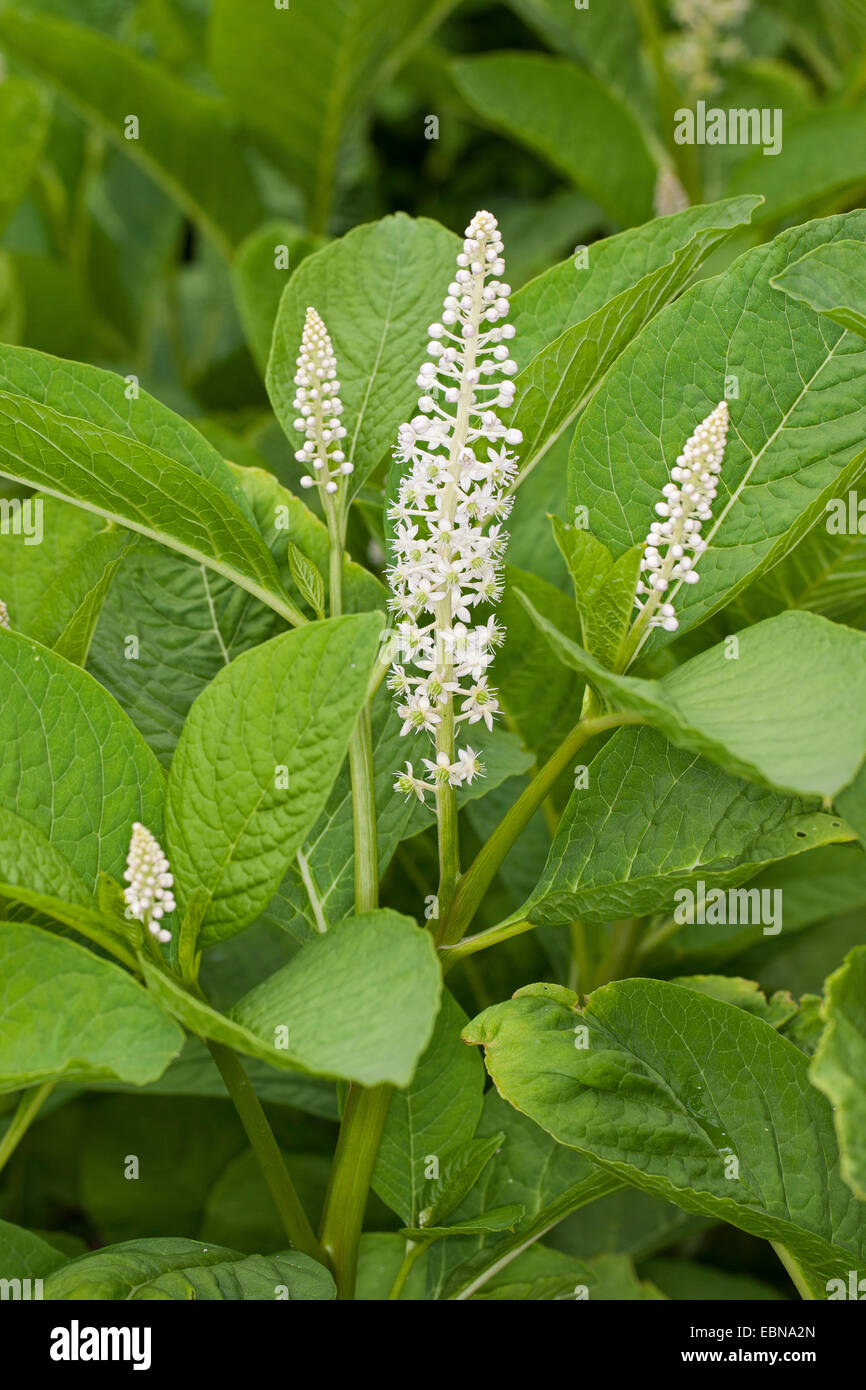

There is something sublime about walking out onto the land and gathering leaves, harvesting flowers, berries, and digging up muddy roots to extract their colour. Understanding the natural colour palette of your region, and creating art with materials that you have made with your own hands and from plants that grow around you, can be incredibly enriching, and connective experience. Observing the colours of nature and being in nature is exhilarating! I strongly emphasize upon using materials that are of the earth, are safe to work with and that can safely be returned back into the earth.


Nature isn’t just a source of artistic inspiration it is also an incredible source of art supplies. The satisfaction I felt by allowing myself to be creative while making use of sustainable materials is indescribable. It definitely took me much longer to figure out than if I had done some research. I’m sure there are many books and articles written about botanical/plant-based inks, but being old school as I am, I wanted to learn everything myself, looking for a recipe has never been my way of working. There were a lot of failures, but I believe that’s the only way to learn and get better.
INDIA INK PLANT TRIAL
I don’t follow any particular recipe but do so by using the trial and error method. To date, I have experimented with making inks from tea, coffee, onion skins, spring flowers in various colours, avocado pit, redcurrant, chards, etc. I even did a quick illustration with it and loved capturing the memories of it in my travel sketchbook.Ī sketch of flowers of Flame of forest (Palash)Īfter returning from India I had to patiently wait for nature to wake up from its winter sleep to begin experimenting with the local resources in Austria. Palash (in local language) flower gives a vivid orange-yellow dye that mixes well with other colours too. The Indian festival of colours that heralds the arrival of spring.Īlas! the natural colours have now been substituted by chemical colours and this beautiful tree is now long forgotten! I collected fallen flowers from the ground along with my son and made my very first natural ink in the communal kitchen of our guesthouse. Looking at that tree I remembered stories from my parents how they used to collect flowers of this tree for making the natural colour to play Holi.
INDIA INK PLANT FULL
There stood in the courtyard of our guesthouse a beautiful Palash or Flame of the Forest tree in full bloom. During our month-long trip, we stayed for about a week in the southern Indian town of Auroville.

I embarked on making botanical inks early this year when we travelled to India. I couldn’t really explore and experiment much after returning home to Austria as nature had begun to go into sleep mode. Her eco-printed fabric had me thinking and I started exploring plants other than pigments of the earth as a source of colours for sketching. I began foraging for natural pigments from plants last year after being inspired by a local artist whom I met while camping along the coast of Algarve in Portugal. To date, I had only been using pigments from Earth in my daily art practice. Hopefully, I can be more regular in sharing not only my insights on this topic but also my struggles and joy of creating sustainable art! I had started my blog Lost in Colours with an intention to raise awareness of the environmental issues involved in art materials and to provide non-toxic, low-impact solutions.


 0 kommentar(er)
0 kommentar(er)
